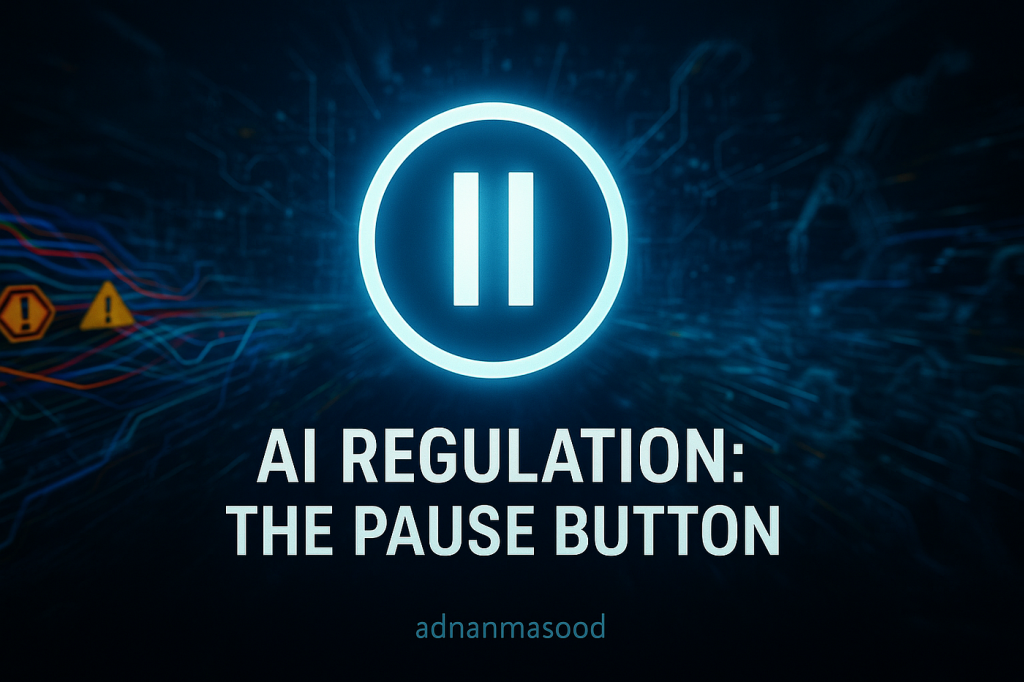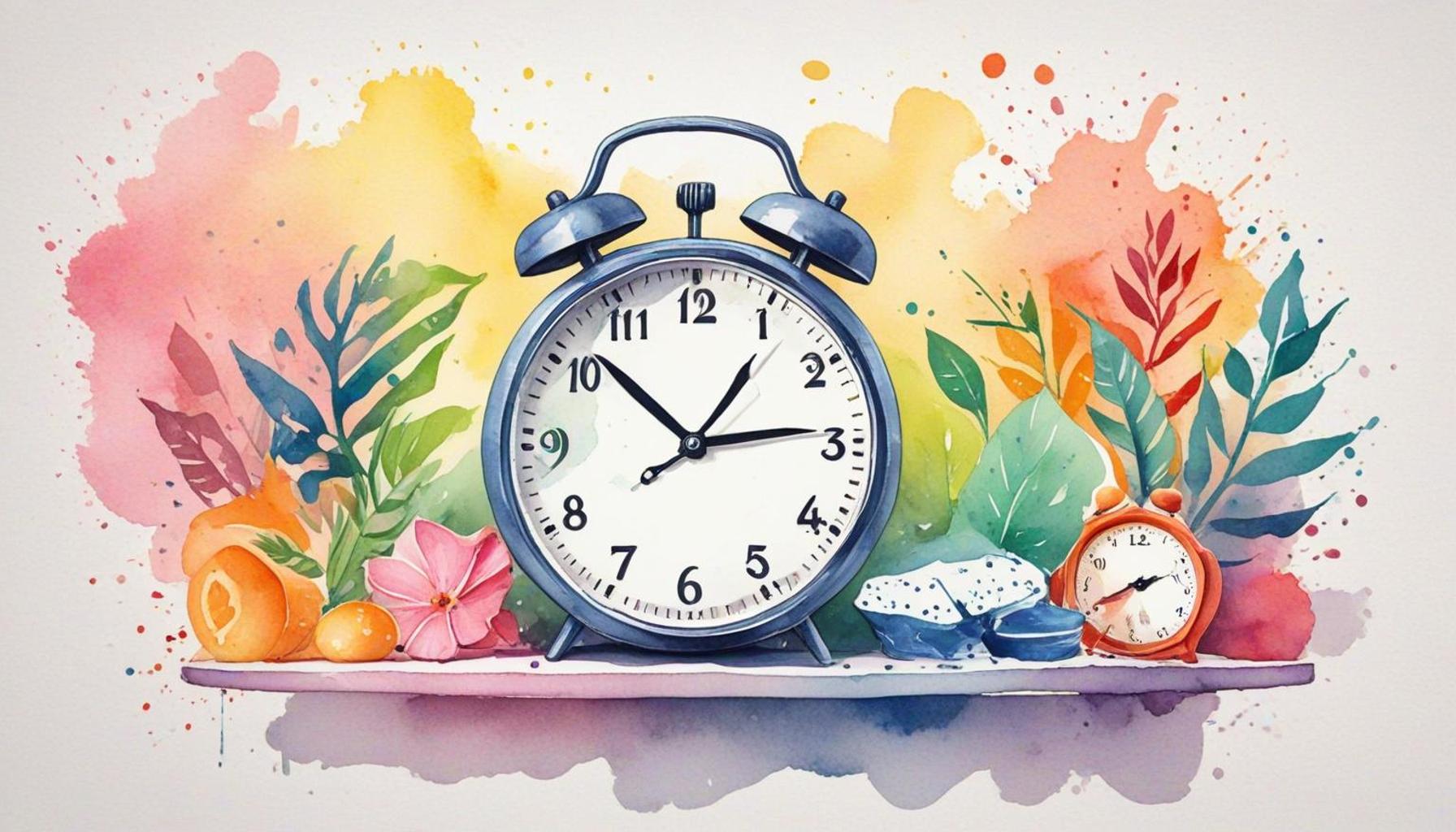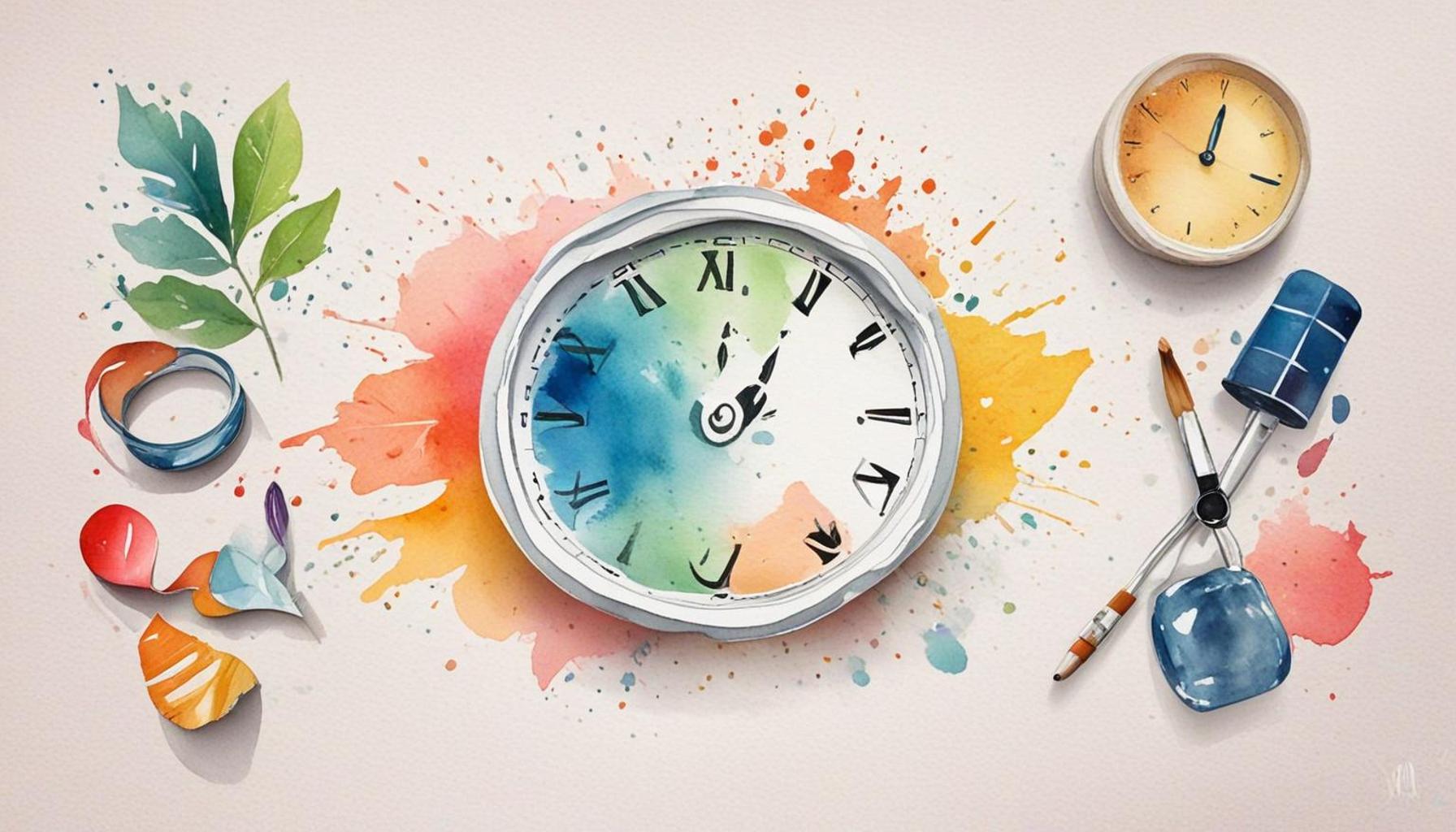The Importance of Pause: Incorporating Minimalism in Time Management to Enhance Creativity

Redefining Productivity Through Minimalism
In today’s fast-paced world, the relentless pursuit of productivity often leads to burnout and creative blocks. Understanding the importance of pause can transform how we manage time and engage with our creative processes. Minimalism, when applied to time management, encourages us to strip away the excess and focus on what truly matters.
One effective way to embrace this minimalist approach is by eliminating distractions through prioritizing tasks. By narrowing your focus to a select few critical activities each day, you create room for deeper engagement and greater efficiency. For example, using a method such as the Eisenhower Box, where tasks are categorized by urgency and importance, can help avoid the overwhelming clutter of a vast to-do list. This technique allows you to distinguish between what truly needs your attention and what can be delegated or discarded entirely.
- Eliminating distractions by prioritizing tasks enhances concentration and reduces mental fatigue.
- Creating dedicated moments for reflection offers a chance to evaluate progress and make necessary adjustments.
- Implementing breaks to rejuvenate the mind is crucial in maintaining long-term productivity.
These simple yet profound changes can significantly enhance our creative output. Research indicates that scheduled breaks allow the brain to consolidate information and foster innovation. According to a study published in the journal “Cognitive Science,” taking regular breaks can increase productivity by preventing cognitive overload, leading to heightened creativity and problem-solving skills. Many iconic creators, from artists to entrepreneurs, have leveraged pauses as a crucial element in their workflows.
Consider Steve Jobs, who famously advocated for “walking meetings” to spark creativity. This practice not only provided a change of environment but also allowed for free-flowing ideas without the constraints of a traditional meeting space. Writers like Ernest Hemingway emphasized the power of stepping back to promote flow; he often stated that he would stop writing while he still had something left to say, which would keep his mind engaged with the narrative even in his absence from the page. Furthermore, modern leaders commonly incorporate mindfulness practices into their routines, as these techniques enhance clarity, encourage focus, and ameliorate stress levels, leading to a more productive work atmosphere.
- Steve Jobs: Advocated for “walking meetings,” which promote creativity and mental clarity.
- Ernest Hemingway: Valued stepping back from writing to foster ongoing creativity.
- Modern leaders: Utilize mindfulness practices to clarify vision and enhance productivity.
The fusion of minimalism and time management not only liberates us from the chaos of overcommitment but also opens avenues for deeper creativity. By adopting a minimalist approach to how we allocate our time and energy, we can unlock potential previously veiled by the noise of modern life. In this article, we will delve into effective methods to incorporate pauses into your routine, unlocking new levels of creative potential you never thought possible.

DISCOVER MORE: Click here for effective decluttering tips
The Transformative Power of Pausing
Embracing the concept of pause is essential for fostering creativity and efficiency in our daily lives. In a society that often equates busyness with success, recognizing the value of intentional breaks can feel counterintuitive. Yet, various studies reveal that integrating pauses into our time management strategies can significantly enhance our creative capabilities. When we allow ourselves moments of stillness, we create an opportunity for our minds to wander, reflect, and generate fresh ideas.
The mechanics of creativity are largely rooted in our brain’s ability to make connections between disparate ideas. Neuroscientists have discovered that the brain remains active during rest, engaging in processes that foster innovative thinking. This phenomenon, often referred to as the default mode network (DMN), is activated when we daydream or engage in moments of passive thought. Harnessing this potential can be achieved through the practice of scheduling regular breaks throughout the day, which not only provides necessary mental downtime but also enhances our problem-solving abilities.
- Scheduled Breaks: Taking a few minutes every hour to step away from your work can lead to a significant boost in creativity and focus.
- Mindfulness Exercises: Engaging in brief mindfulness or meditation sessions allows for reset, encouraging clarity and innovation.
- Nature Breaks: Spending time in nature can rejuvenate the mind and spark new ideas, improving overall cognitive function.
The impact of incorporating pauses becomes evident across multiple creative disciplines. Take the film industry, for instance, where directors and screenwriters have long championed the concept of stepping away from their work. Quentin Tarantino has been known to take long walks during the writing process, often allowing his mind to roam free and uncover new perspectives that fuel his storytelling. Similarly, acclaimed composer Ludwig van Beethoven would regularly take long interludes while composing, often finding inspiration in these moments of solitude.
Beyond specific industries, the benefits of pauses extend into everyday practices that can be adopted by anyone looking to enhance their creativity. For example, the Pomodoro Technique, which structures work intervals of 25 minutes followed by 5-minute breaks, demonstrates how micro-pauses can lead to sustained productivity. Research supports this method, indicating that these short respites significantly improve focus and creative thought processes.
- Quentin Tarantino: Takes long walks to stimulate creative thinking, demonstrating the role of movement in idea generation.
- Ludwig van Beethoven: Used moments of solitude while composing, emphasizing the power of pauses for creative flow.
- The Pomodoro Technique: A time management method that encourages regular breaks to enhance focus and creativity.
As we continue exploring the intersection of minimalism and time management, it becomes evident that the integration of pauses is not merely a luxury but a necessity for enhancing creativity. By consciously including these moments in our routines, we take a significant step towards reimagining productivity itself. In the following sections, we will delve into practical techniques to implement pauses effectively, ultimately unearthing latent creative potential.
The Importance of Pause: Incorporating Minimalism in Time Management to Enhance Creativity
As we navigate through our daily responsibilities, the importance of integration between minimalism and time management becomes increasingly apparent. Incorporating minimalism into our schedules allows us to prioritize tasks that truly matter, shedding the weight of unnecessary obligations. This shift not only creates space for crucial tasks but also fosters an environment conducive to creativity. Without the clutter of overwhelming commitments, our minds can wander and explore new avenues of thought, resulting in enhanced creative outputs.
The impact of a well-placed pause cannot be overstated. When we give ourselves permission to pause, we open the door to reflection and idea generation. Taking regular breaks helps to recharge mental batteries, sparking inspiration that might be stifled by constant activity. By understanding the value of downtime, we can enhance our ability to problem-solve and innovate.
The practice of minimalism further encourages an intentional approach to how we allocate our time. By eliminating distractions and focusing solely on essential tasks, we create a clearer mental pathway for creativity. Strategies for time management, such as the Pomodoro Technique, which includes short breaks, demonstrate this principle effectively. Utilizing these structured pauses can significantly boost productivity while enhancing creative thought.
| Category 1 | Category 2 |
|---|---|
| Increased Focus | By minimizing distractions, you are left with heightened clarity and a stronger ability to concentrate on creative tasks. |
| Enhanced Problem-Solving | Incorporating pauses allows for deeper thinking, leading to innovative solutions and original ideas. |
Moreover, during those structured breaks, individuals can engage in activities that promote mindfulness, such as meditation or short walks. Research shows that such practices not only enhance focus but also cultivate a deeper sense of creativity. In a world that often prioritizes busyness, recognizing the profound impact of pauses in our schedules is essential for both personal and professional growth. Delve deeper into the synergy of minimalism, pauses, and time management to unlock your creative potential.
DISCOVER MORE: Click here to enhance your daily organization
Enhancing Creativity through Intentional Minimalism
As we dive deeper into the synthesis of minimalism and productivity, it becomes increasingly clear that cultivating a culture of pause fosters not only personal well-being but also innovation. Intentional minimalism in time management emphasizes the reduction of distractions and the simplification of tasks, which paves the way for creativity to flourish. In this context, integrating pauses is not just about taking breaks; it is about making conscious choices that direct our focus toward what truly matters.
Many successful entrepreneurs and creative thinkers have adopted minimalist approaches in their daily routines to craft environments conducive to inspiration. Steve Jobs, the co-founder of Apple Inc., famously embraced simplicity, often clearing out clutter to create mental space for creative thought. His philosophy underlines how minimizing the physical and mental noise can trigger a wellspring of innovative ideas. Research supports this notion; studies indicate that clutter and overwhelming environments can stifle creativity, underscoring the significance of an organized workspace paired with regular breaks.
- Clearing Clutter: An orderly environment can enhance focus and creativity. Dedicate time to decluttering both physical spaces and digital distractions.
- Timeboxing: Allocate specific timeframes to tasks while including pauses to enhance both engagement and creative output.
- Digital Detox: Disconnecting from technology intermittently helps reset the mind, fostering an environment where creative thoughts can thrive.
Integrating minimalism extends beyond a physical or digital decluttering effort; it encompasses prioritizing tasks meaningfully. The Eisenhower Matrix serves as a valuable tool for this purpose. This quadrant-based system helps individuals distinguish between what is urgent and what is important, enabling them to allocate their time accordingly. By focusing on critical tasks and implementing intentional pauses between them, creativity can flourish as you sift through the noise of less significant demands.
Moreover, the impact of incorporating pauses through minimalism resonates in educational spheres as well. Many innovative teaching methodologies encourage brief interludes during lessons. For example, teachers utilize “think-pair-share” activities, where students pause, reflect individually, then engage with peers. This brief pause encourages deeper learning and prompts the emergence of novel ideas, proving essential in shaping creative minds. Likewise, organizations conducting brainstorming sessions can benefit from intentional pauses—allowing teams to step back and deliberate, leading to more imaginative solutions.
- Adopting the Eisenhower Matrix: Utilize this tool to prioritize tasks effectively, simplifying choices and enhancing decision-making processes.
- Interactive Learning: Teacher-led pauses in classroom settings help foster creative discussions and inclusive thought processes among students.
- Brainstorm Breaks: Encourage teams to pause during collaborative sessions, allowing for reflection and creative ideation.
By embracing this minimalist approach intertwined with intentional pauses, we not only heighten our creativity but also pave the way for renewed energy and focus. Each intentional break serves as a stepping stone toward unlocking our full potential, enabling us to tackle challenges with a fresh perspective and innovative mindset. As we explore more nuanced techniques for integrating pauses in our lives, it is evident that minimalism in time management can enhance not only our productivity but our creative capacities to extraordinary levels.
DISCOVER MORE: Click here for creative small space solutions
Conclusion: Embracing the Power of Pause for Creative Mastery
The intersection of minimalism and effective time management underscores a pivotal truth: pausing is not merely an absence of activity; it is an opportunity for revival and innovation. As explored throughout this article, incorporating intentional breaks into our daily routines fosters focus, enhances creativity, and cultivates a clearer mindset. By consciously eliminating clutter – both physical and mental – we not only pave the way for a more structured approach to tasks but also create fertile ground for the seeds of creativity to blossom.
Equipping ourselves with tools like the Eisenhower Matrix allows for a more streamlined, meaningful prioritization of tasks, ensuring our efforts are concentrated where they matter most. In educational settings and collaborative environments alike, fostering moments of pause can catalyze richer discussions and innovative solutions, enriching both individual and collective creative processes.
As we navigate through an increasingly busy world, it is crucial to remember the understated strength found in simplicity. By integrating conscious pauses into our workflows, we not only refresh our perspectives but also ignite the creative potential that lies within each of us. A shift towards minimalism in time management can empower individuals and teams to embrace creativity as a daily practice, unveiling a world brimming with possibilities. Ultimately, as we learn to cherish these pauses, we reclaim not just our time, but also the invaluable capacity to dream, create, and innovate.



